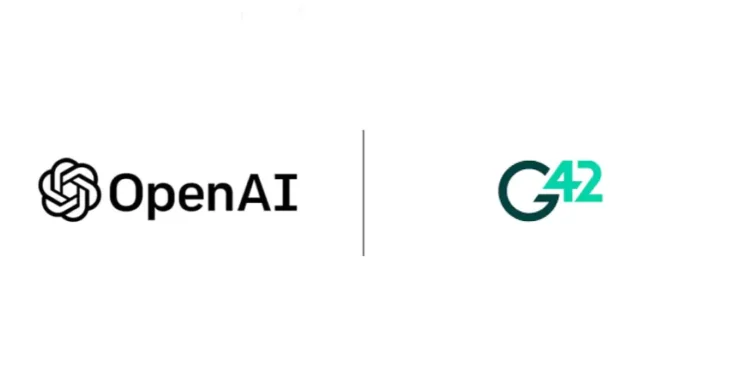In the heart of the Middle East, a revolutionary AI infrastructure project is taking shape that redefines the limits of computational power. OpenAI’s planned data center in Abu Dhabi is not just large but colossal in scale. Spanning 10 square miles with power consumption equivalent to five nuclear reactors, this facility will be larger than the entire nation of Monaco.
This ambitious venture represents a partnership with G42, an Abu Dhabi based tech powerhouse. It forms a critical component of OpenAI’s broader Stargate project, an initiative designed to push the boundaries of data processing power worldwide. The planned 5 gigawatt capacity of this Middle Eastern hub will substantially exceed its US counterpart in Abilene, Texas, which is set to operate at 1.2 gigawatts.
Strategic Alliances and Geopolitical Implications
OpenAI’s collaboration with G42 follows a complex history of US UAE AI partnerships that have attracted significant attention from lawmakers and policy experts. G42 previously faced scrutiny regarding potential connections to entities linked with Chinese intelligence interests. This concern, combined with OpenAI’s aggressive global expansion strategy, has triggered a series of notable corporate maneuvers.
Responding to mounting scrutiny, G42 announced in early 2024 that it had completely divested all previous investments in China and terminated any physical presence there. Shortly thereafter, Microsoft, a major OpenAI stakeholder, made a significant strategic move by investing $1.5 billion in G42 and securing a board position for its president, Brad Smith.
The partnership unfolds against a backdrop of intensifying competition between the United States and China for AI supremacy. Recent years have seen the US government implementing export controls on advanced semiconductors to China, making partnerships in regions like the UAE increasingly valuable from a strategic perspective.
The Technical Foundation of Next Generation AI
Beyond its impressive size, the Abu Dhabi data center represents a fundamental advancement in AI infrastructure design. The facility will incorporate cutting edge cooling systems essential for managing the tremendous heat generated by massive GPU clusters processing neural networks at unprecedented scale.
Industry analysts suggest this infrastructure could potentially support training models ten times larger than current capabilities. This represents a quantum leap in computational resources dedicated to artificial intelligence development.
The significance extends beyond hardware specifications. This level of computational power could enable new categories of AI capabilities previously deemed theoretical, from superior multimodal understanding to more sophisticated reasoning abilities across domains.
The Computational Arms Race
We have entered a new era where building advanced AI systems depends not only on better algorithms but increasingly on raw computational power, strategic geographic positioning, and international alliances. OpenAI’s growing network of data centers will significantly influence which organizations control the development of the world’s most advanced language models, machine learning innovations, and AI driven solutions.
With billions of dollars now flowing into infrastructure, AI has transformed from a primarily software focused endeavor into something resembling an empire building exercise. Companies and nations alike recognize that controlling the computational substrate of AI development confers extraordinary advantages in the global technology landscape.
Redefining the Future of AI Development
As OpenAI’s Abu Dhabi facility progresses from blueprint to reality, it signals a fundamental shift in how AI development will advance. No longer confined to software innovation alone, the future of AI will increasingly be determined by organizations controlling the most powerful computational infrastructure.
If this project unfolds as planned, Abu Dhabi could solidify its position as a global AI hub, positioning the UAE at the forefront of technological evolution. However, with every strategic move comes heightened scrutiny, and the boundaries between technological innovation and geopolitical maneuvering continue to blur.
For businesses and technologists worldwide, the implications are profound. The computational arms race is accelerating rapidly, and partnerships that span traditional borders are becoming essential for maintaining competitive advantage in AI development.














